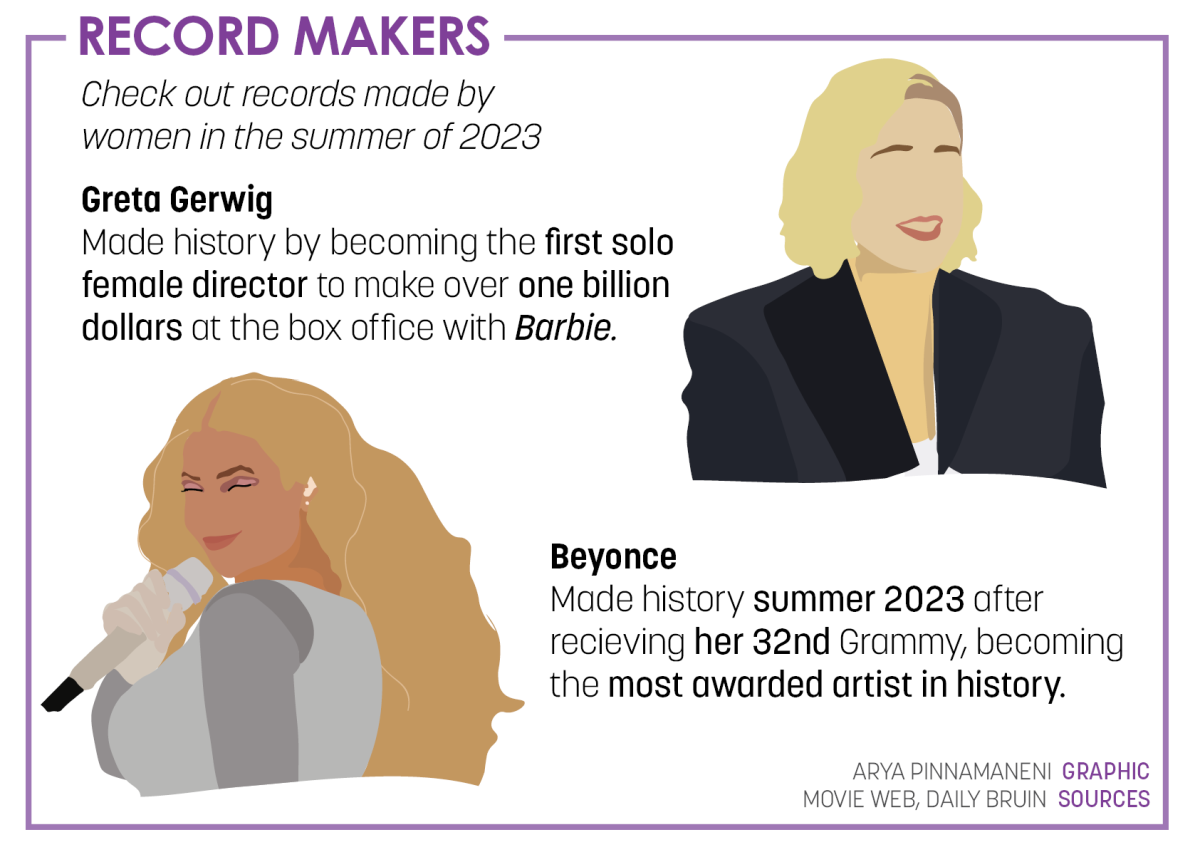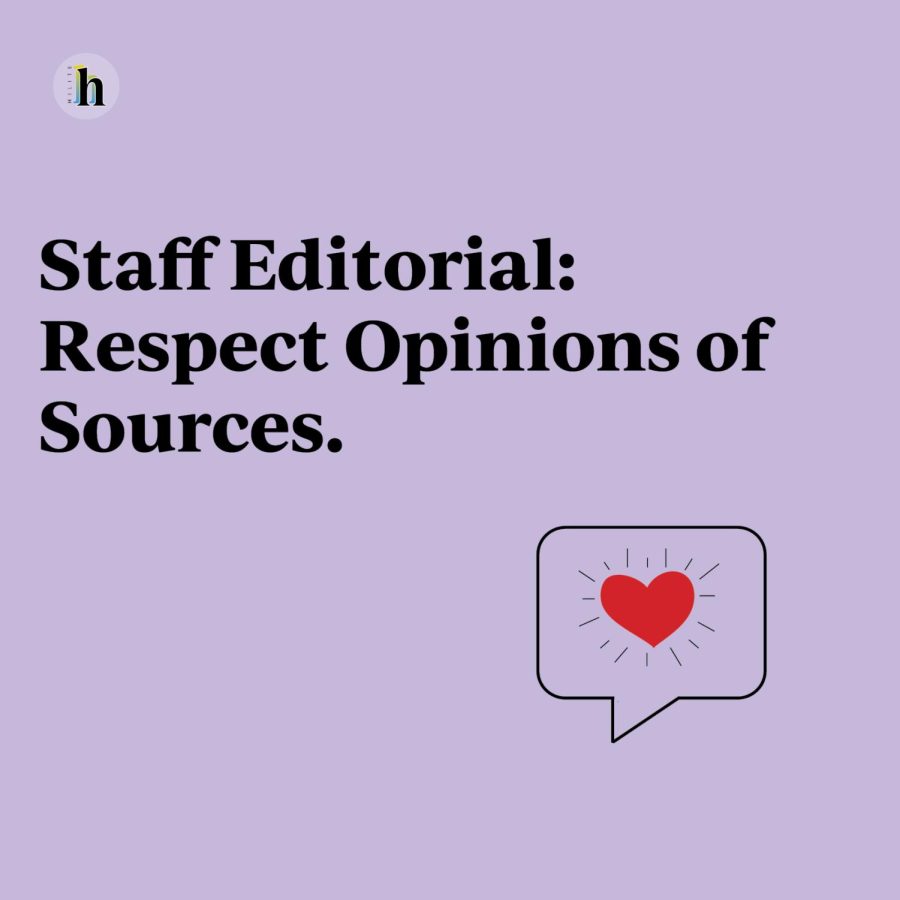When the world needed him most, the Avatar returned. The beloved 2005 Nickelodeon show “Avatar: the Last Airbender” (ATLA) was re-released on Netflix in May and later followed by its spinoff, “The Legend Of Korra” in August, much to the delight of longtime fans and many new fans such as myself. Many credit the show’s widespread popularity to its intricate worldbuilding, character depth and most notably, its Asian representation. The show features no white characters; instead it  portrays Chinese, Japanese, Inuit and Tibetan culture. From character building, to clothing, to beliefs, to even fighting styles, there is very little stereotyping and each culture is carefully represented instead of caricatured.
portrays Chinese, Japanese, Inuit and Tibetan culture. From character building, to clothing, to beliefs, to even fighting styles, there is very little stereotyping and each culture is carefully represented instead of caricatured.
Unfortunately, this degree of accurate representation is still rare—ATLA first aired 15 years ago, yet it is still somewhat revolutionary compared to Asian portrayal in media today. Unfortunately, awareness against blatant whitewashing of Asian characters has barely improved since 2005. Ironically, ATLA itself has fallen victim to whitewashing—in 2010, a live-action movie adaptation hit theaters and was met with horror by many fans as all the Asian main characters were played by white actors. Unfortunately, even now it seems nothing has changed—in August, the original creators of ATLA left the production of the live-action series by Netflix because it wanted to open casting to white actors.
We have a long way to go when it comes to real Asian representation. Our cultures are currently celebrated for their food, fashion and stories, and yet the people that inspire Asian portrayals onscreen are rarely given the chance to accurately depict them. This extends behind the screen as well while the faces of movies like the live-action Aladdin and Mulan are beautifully diverse, the crew and creative team for these movies are still predominantely white. Not maintaining diversity behind the screen alters these movies’ meanings to the communities they supposedly celebrate, and sends the message that diversity is being used as a token instead of a step toward a more representative world. While I celebrate Asian-made, diverse shows and movies like “Never Have I Ever,” “Crazy Rich Asians” and “Parasite,” much of the entertainment industry has yet to learn that diversity cannot just be performative. There should be a better effort among mainstream media to give the reins to the people who represent our cultures, both in front and behind the screen.
The views in this column do not necessarily reflect the views of the HiLite staff. Reach Chloe Sun at [email protected]
To read an article about Pan-Asian representation in Avatar: The Last Airbender, click here.


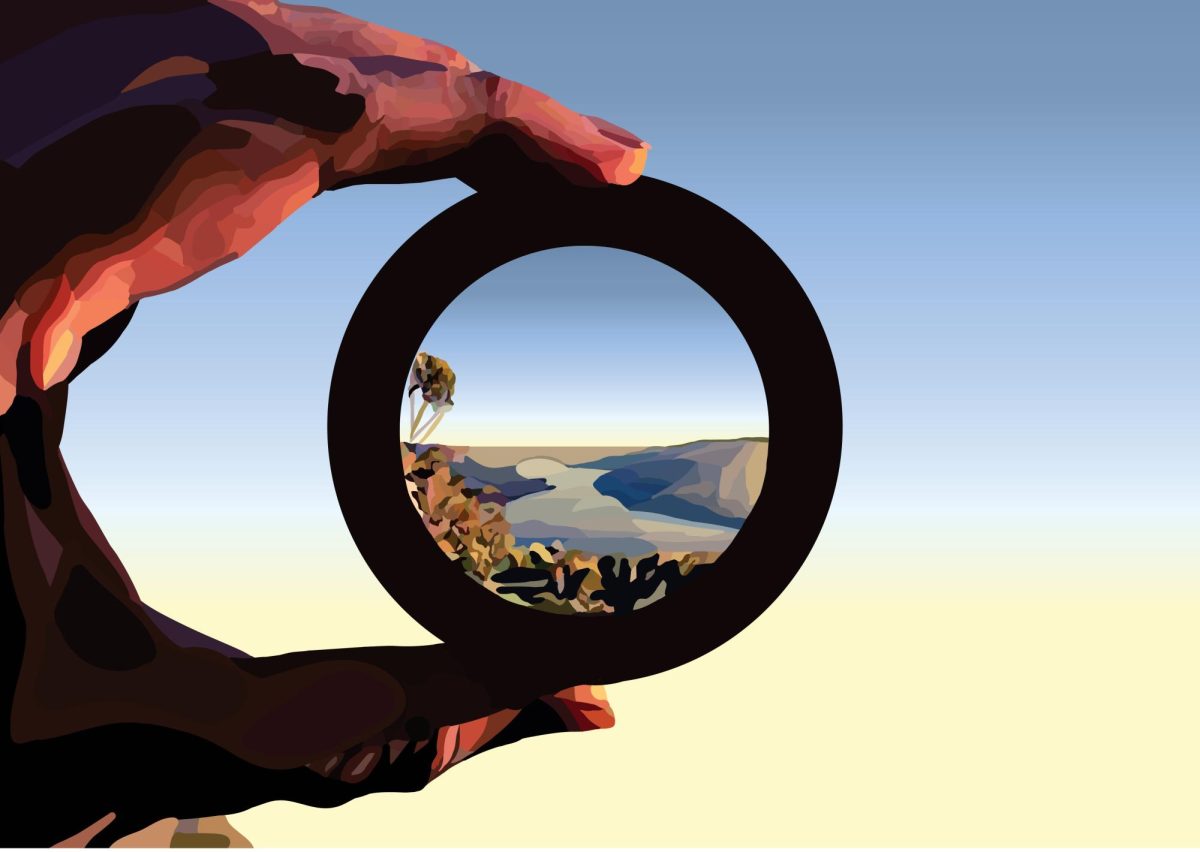














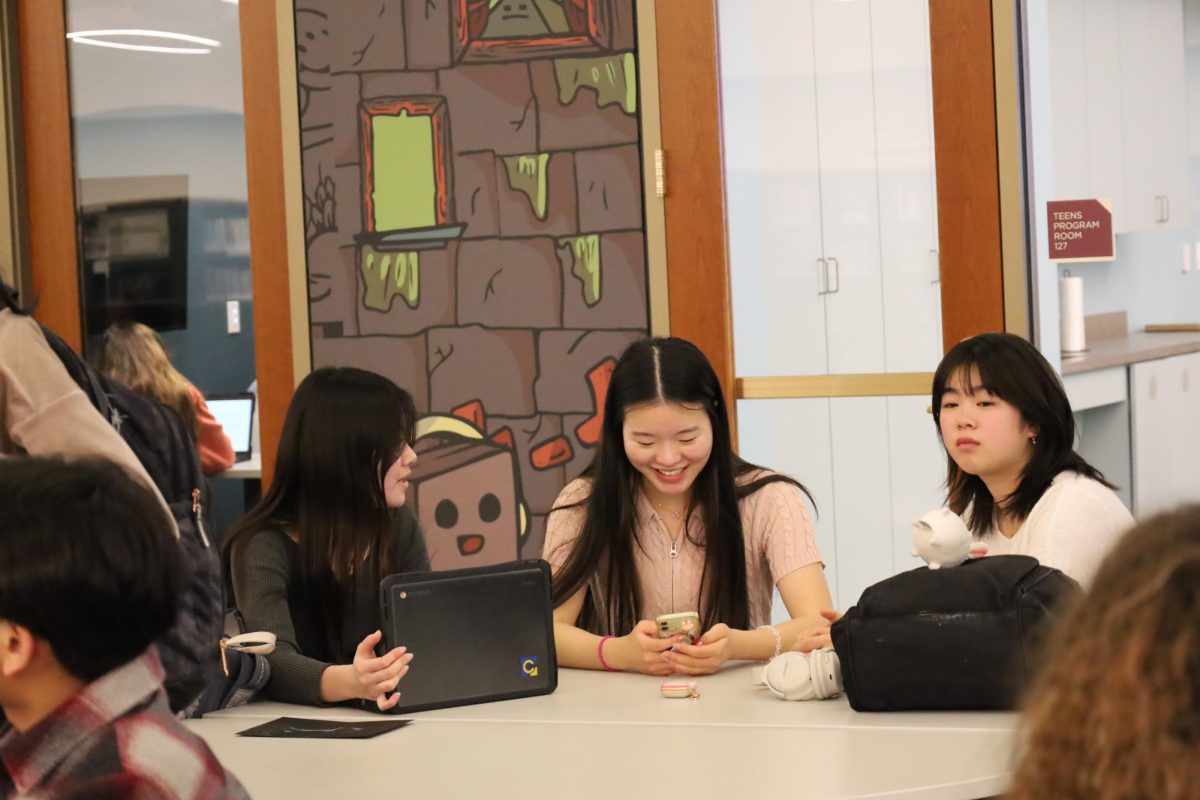












![Family vlogger controversy, need for content reform [opinion]](https://hilite.org/wp-content/uploads/2024/05/Screenshot-2024-05-14-11.33.37-AM-1200x465.png)
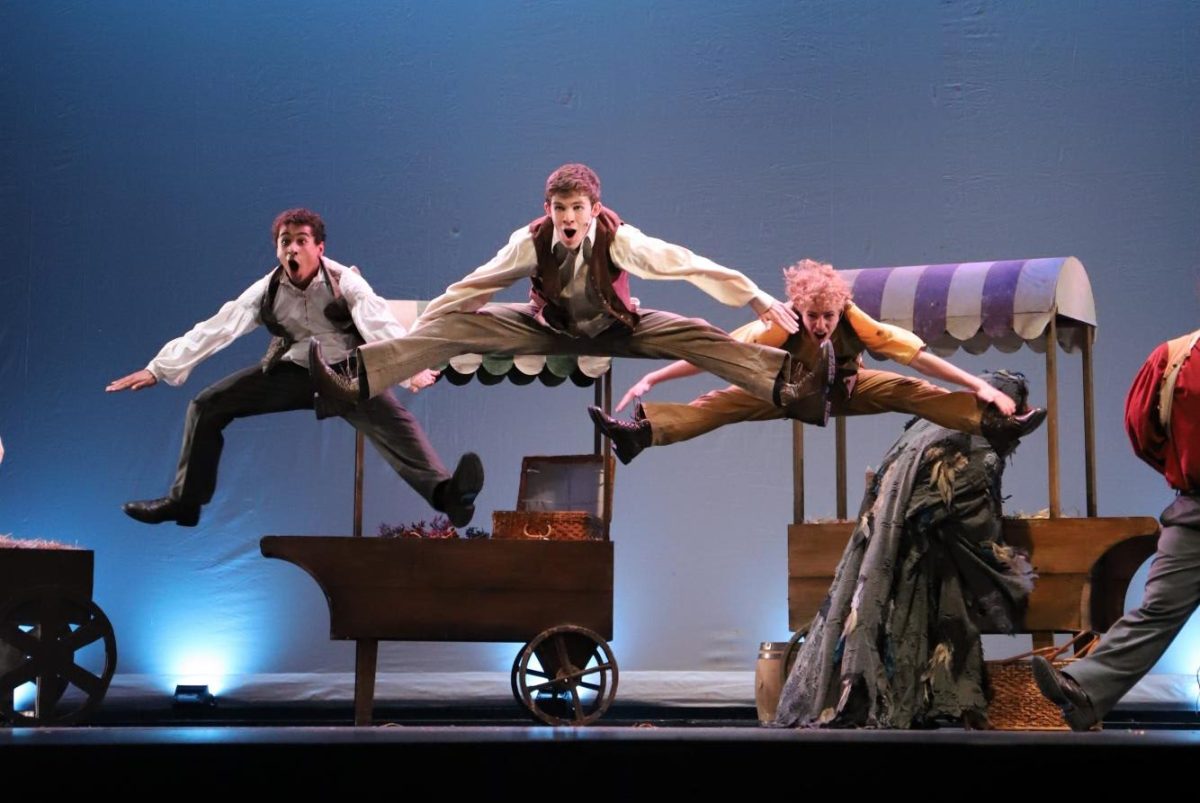

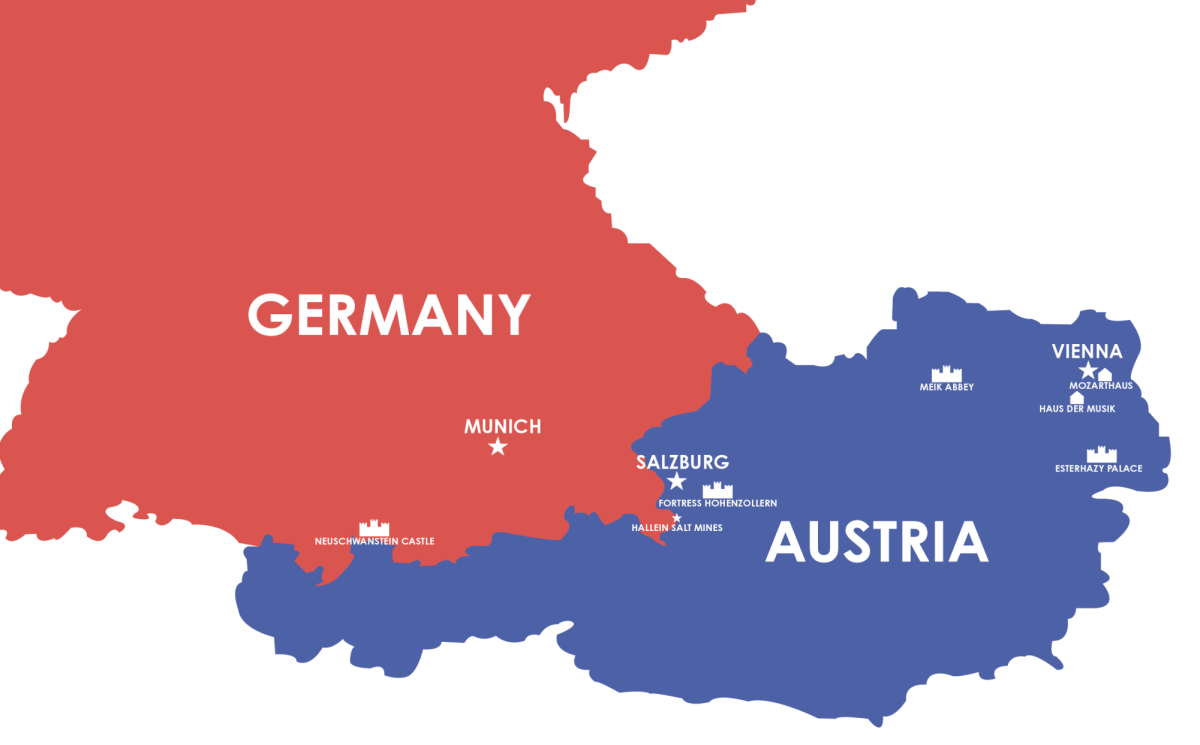



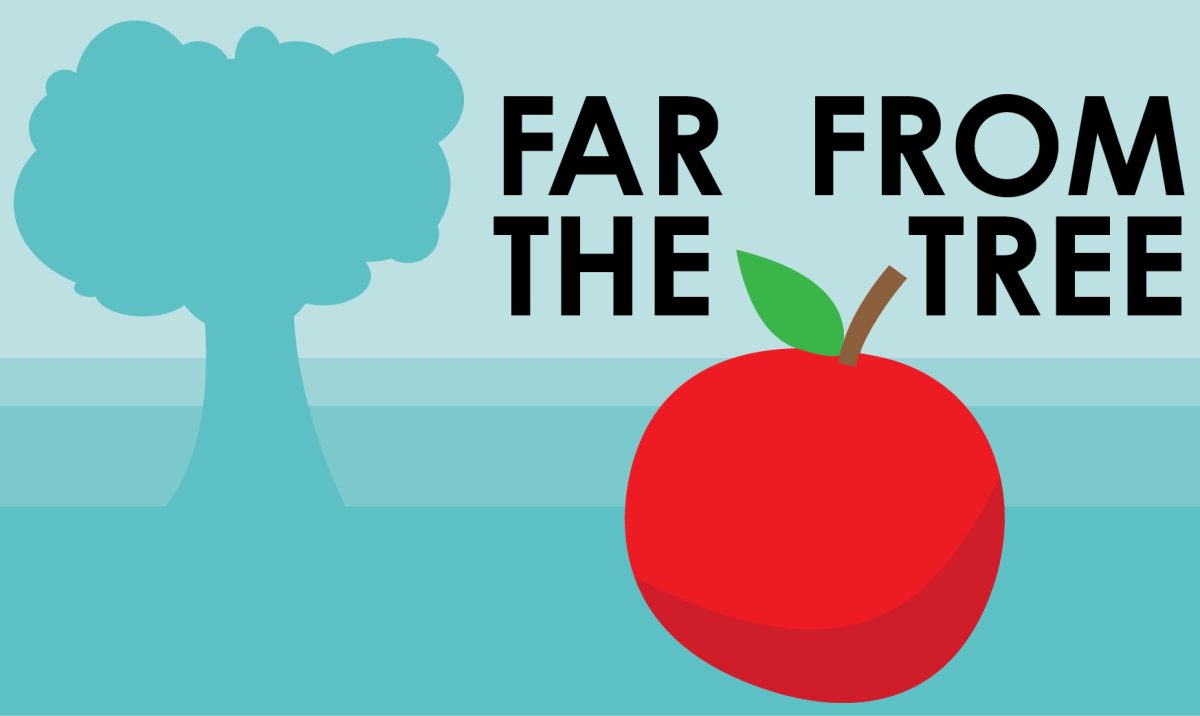


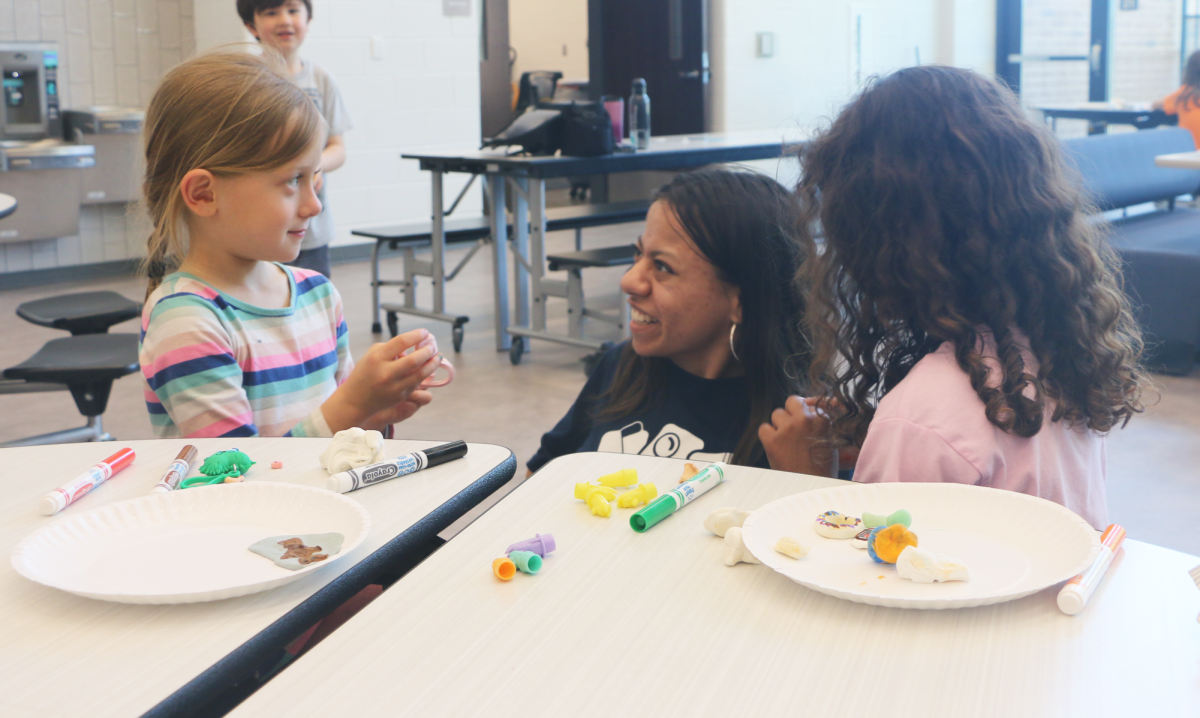


















![Review: Taylor Swift’s new album The Tortured Poets Department is not her best work but is still a brilliant album [MUSE]](https://hilite.org/wp-content/uploads/2024/05/The-Anthology_Cover-1200x675.webp)
![Review: Challengers does it all [MUSE]](https://hilite.org/wp-content/uploads/2024/05/challengers-poster-1200x600.png)
![Review: A House of Flame and Shadow by Sarah J. Maas was a disappointing read [MUSE]](https://hilite.org/wp-content/uploads/2024/05/house-of-flame-and-shadow-feature.png)
![Review: Conan Gray’s new album, “Found Heaven”, is a refreshing twist on modern music [MUSE]](https://hilite.org/wp-content/uploads/2024/05/Screenshot-2023-10-31-at-16.01.05.webp)
![Review: “Bodies, Bodies, Bodies” is the quintessential Gen-Z movie [MUSE]](https://hilite.org/wp-content/uploads/2024/05/Screenshot-2024-05-15-140618.png)
![Review in Print: Maripaz Villar brings a delightfully unique style to the world of WEBTOON [MUSE]](https://hilite.org/wp-content/uploads/2023/12/maripazcover-1200x960.jpg)
![Review: “The Sword of Kaigen” is a masterpiece [MUSE]](https://hilite.org/wp-content/uploads/2023/11/Screenshot-2023-11-26-201051.png)
![Review: Gateron Oil Kings, great linear switches, okay price [MUSE]](https://hilite.org/wp-content/uploads/2023/11/Screenshot-2023-11-26-200553.png)
![Review: “A Haunting in Venice” is a significant improvement from other Agatha Christie adaptations [MUSE]](https://hilite.org/wp-content/uploads/2023/11/e7ee2938a6d422669771bce6d8088521.jpg)
![Review: A Thanksgiving story from elementary school, still just as interesting [MUSE]](https://hilite.org/wp-content/uploads/2023/11/Screenshot-2023-11-26-195514-987x1200.png)
![Review: When I Fly Towards You, cute, uplifting youth drama [MUSE]](https://hilite.org/wp-content/uploads/2023/09/When-I-Fly-Towards-You-Chinese-drama.png)
![Postcards from Muse: Hawaii Travel Diary [MUSE]](https://hilite.org/wp-content/uploads/2023/09/My-project-1-1200x1200.jpg)
![Review: Ladybug & Cat Noir: The Movie, departure from original show [MUSE]](https://hilite.org/wp-content/uploads/2023/09/Ladybug__Cat_Noir_-_The_Movie_poster.jpg)
![Review in Print: Hidden Love is the cute, uplifting drama everyone needs [MUSE]](https://hilite.org/wp-content/uploads/2023/09/hiddenlovecover-e1693597208225-1030x1200.png)
![Review in Print: Heartstopper is the heartwarming queer romance we all need [MUSE]](https://hilite.org/wp-content/uploads/2023/08/museheartstoppercover-1200x654.png)











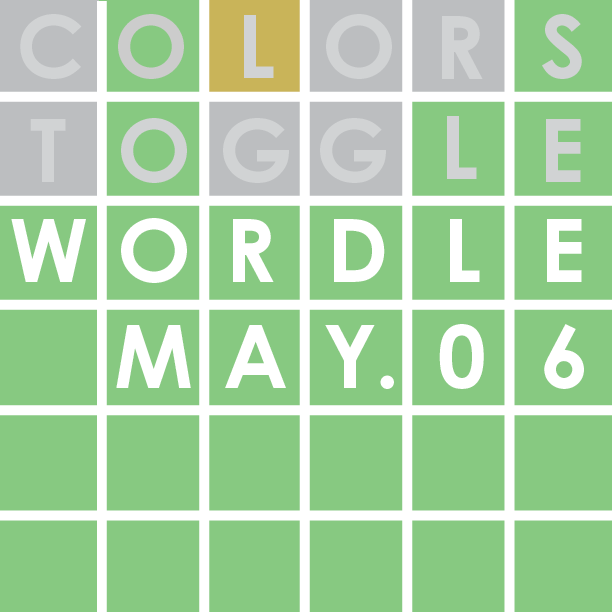

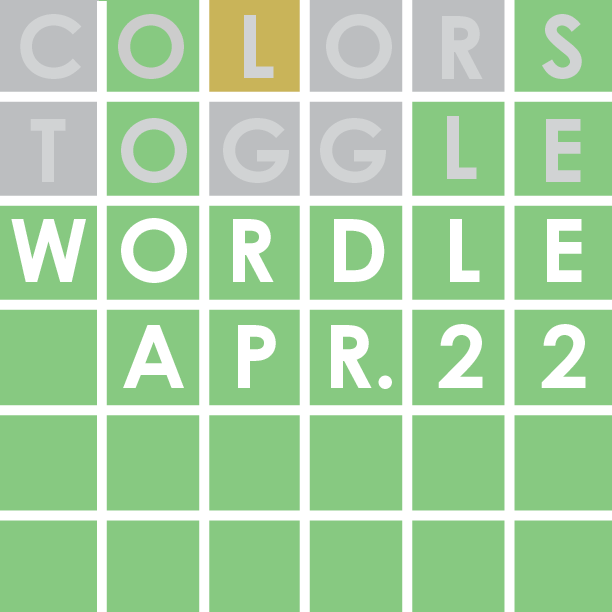








![Review: “Ginny & Georgia” is a dramatic and poorly made emotional rollercoaster–and I loved it anyway [MUSE]](https://hilite.org/wp-content/uploads/2024/03/ginny-and-georgia-season2-main-be37bbb9487a41e88b3f66c3baacd5c3-300x177.jpg)
![Review: Witch Hat Atelier is a masterpiece in art and world-building, but the story has only begun [MUSE]](https://hilite.org/wp-content/uploads/2024/01/unnamed-211x300.png)
![Review: “Mysterious Lotus Casebook” is an amazing historical Chinese drama [MUSE]](https://hilite.org/wp-content/uploads/2024/03/0-300x170.webp)
![Review: “A Little Life” by Hanya Yanagihara is the epitome of a heartwrenching masterpiece [MUSE]](https://hilite.org/wp-content/uploads/2024/01/unnamed-5-300x200.png)


